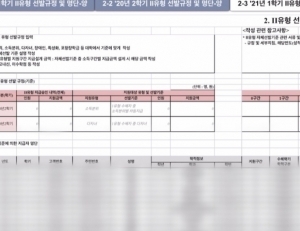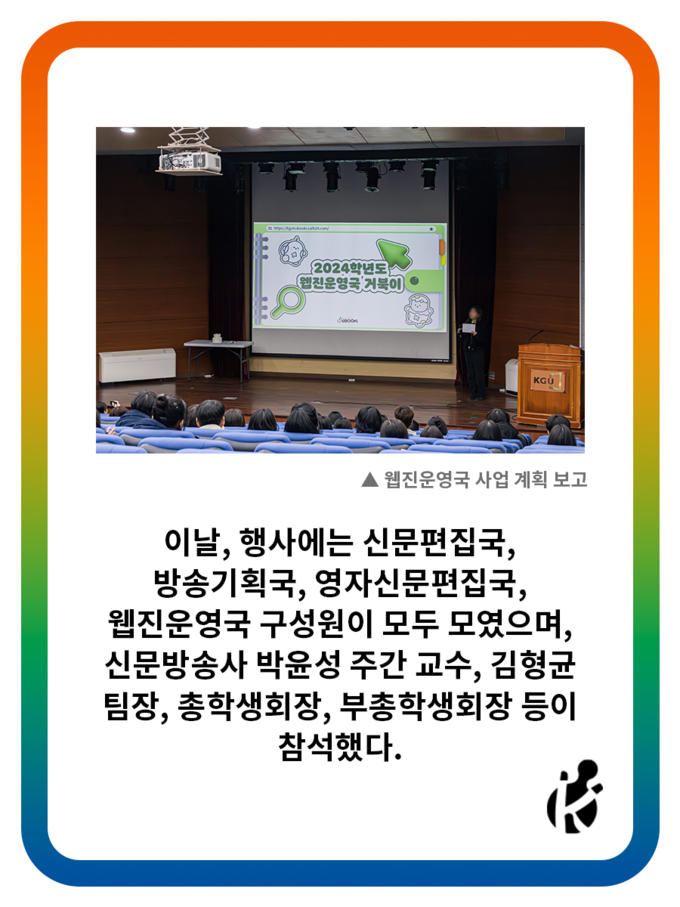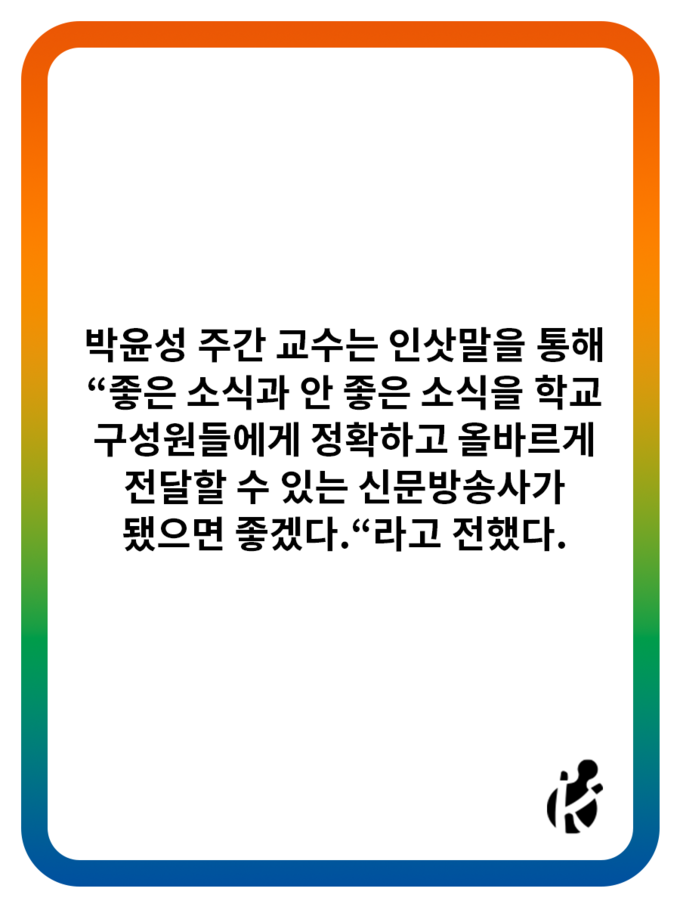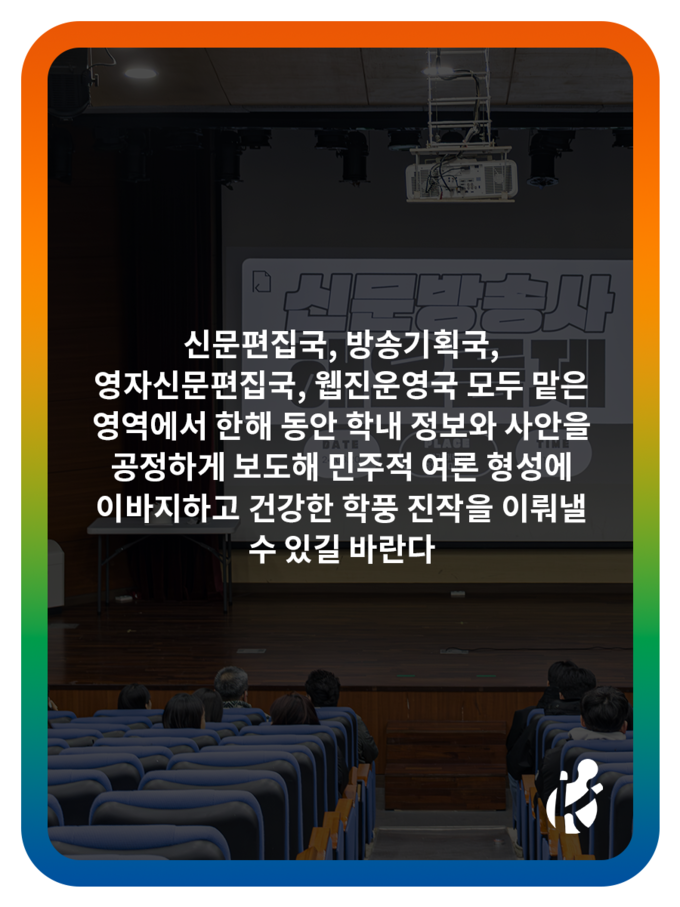Gimjang is the name for the traditional process of making kimchi. It is said to strengthen family cooperation and reaffirm Korean identity. Gimjang season is in late fall, when enough kimchi is made to sustain the family through the winter. Even the weather conditions and temperature are considered when choosing the most favorable days for making kimchi. Ideas, skills, and methods are shared with others while exchanging kimchi among households. The specific methods and ingredients are an important part of korean heritage and have been passed down through generations.
There are a lot of kinds of kimchi and they vary by regional groups. In the case of Gyeonggi-do Province, its shapes and ingredients are also diverse. This region has many wild edible greens from mountainous areas, so people often use various ingredients. Sliced radish kimchi, Bossam kimchi, and Sweet potato stem kimchi are representative kimchi in Gyeonggi-do Province. Next, Jeolla-do Province is very famous for local kimchi. Their kimchi has unique salty and strong taste because of the salted seafood that is used. For example, there are varieties such as Naju Dongchimi, Gat kimchi(Mustard pickles), and Bitter lettuce kimchi. Last of all, in North and South Gyeongsang-do Provinces, kimchi is influenced by the warm climate, so people do Gimjang not once a year, but twice a year. In addition, people use more salt, pepper powder, and garlic while they use other ingredients less. There are varieties such as Perilla leaf kimchi, Pepper kimchi, and Burdock kimchi in Gyeongsang-do.
Usually, Gimjang starts in November. The reason why people make kimchi in the winter is nature of cabbage. The cabbage from winter tastes delicious and it lasts a long time. There are lots of lactobacillus in winter. It is no exaggeration to say that lactobacillus determines the taste of kimchi. The more lactobacillus in kimchi, the more delicious kimchi it is. When we make kimchi, we eat kimchi with bossam (Napa Wraps with Pork), boiled pork. Another custom that came from Gimjang is ‘sharing culture.’ Since ancient times, after families made kimchi, they would share the kimchi with their neighbors.
In November, Pharos also tried gimjang. Pharos reporters went to the grocery store to buy the ingredients and trimmed the ingredients. Although there were difficulties in preparing the ingredients and concern about the taste of the kimchi, our own homemade kimchi turned out to be more delicious than we expected.
How to make Kimchi
➊ Split the cabbage in half, pickle it in salted water for about 10 hours, and dry it after rinsing it in cold water.
➋ Stir the cut radish with red pepper flakes, soy sauce, various spices and chives. Season with salt, sugar, and salted seafood.
➌ Put the radish sauce between the pickled cabbage leaves.
➍ Store the kimchi in a container.
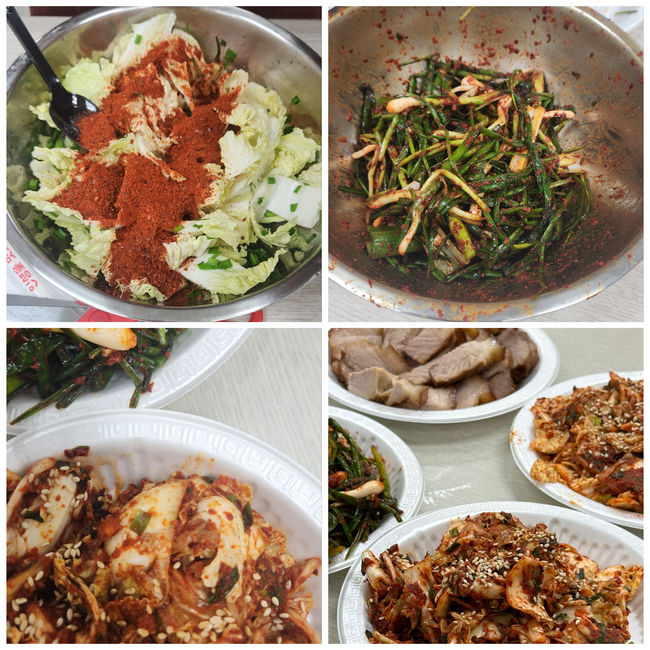
International Reporter's Reaction
I was invited to join a few Pharos reporters to help them make kimchi and it was actually my first time meeting some of the members! We prepared a version with cabbage and one with spring onions and then had it with some freshly cooked pork. It was a quick way to make kimchi, without the fermentation process and we ate it right after it was mixed, but it was very tasty regardless.
Gimjang is a traditional culture of Korea that is recognized worldwide as it is listed as an Intangible Cultural Heritage of Humanity by UNESCO. Nowadays, not only the usual cabbage kimchi, but also various forms of kimchi such as watermelon kimchi and tomato kimchi are appearing. For Koreans, kimchi is meaningful. Kimchi seems to have a special meaning rather than just as a food that you eat every day. Everyone has memories or nostalgia related to kimchi. We can't forget memories or nostalgia, such as the taste of kimchi in our hometown or the taste of kimchi made by our mothers. It's a connection to the memories that are inevitable because we've been eating such food since childhood. Recently, China claimed that kimchi originated in China. Obviously, kimchi is a food that has been eaten since the time of our ancestors, and it is Korean. We should continue to have an interest and affection for kimchi. Let’s maintain these traditions so that our country's unique culture doesn't disappear.
77th Reporter • JOE YEON WOO • amyjoe0213@naver.com
80th Cub Reporter • CHOI JUN HONG • chloi0058@naver.com
International Reporter • AIMEE WOLF • aimeewolf98@gmail.com
- TAG
-
 What Happened in KGU? : 수원캠퍼스 학생총회 편
On April 4th, a general meeting of students was held in the Tele-convention center at the Suwon campus. The contents were the same as the general meeting of students in the Seoul campus: the first part was for agenda announcement, the second part was about the Membership Training for whole university, and the third part was simple Q&A time. In the first part, the agendas were all the same as the ones for the Seoul campus, and the result of the ...
What Happened in KGU? : 수원캠퍼스 학생총회 편
On April 4th, a general meeting of students was held in the Tele-convention center at the Suwon campus. The contents were the same as the general meeting of students in the Seoul campus: the first part was for agenda announcement, the second part was about the Membership Training for whole university, and the third part was simple Q&A time. In the first part, the agendas were all the same as the ones for the Seoul campus, and the result of the ...

 [타 대학보 축사] 경기대신문의 1100호를 진심으로 축하드립니다
[타 대학보 축사] 경기대신문의 1100호를 진심으로 축하드립니다
 [와이파이] 큰 박스에 달랑 물건 하나, 과대포장 규제 정책 시행은 언제쯤
[와이파이] 큰 박스에 달랑 물건 하나, 과대포장 규제 정책 시행은 언제쯤
 [문화산책] 이 세계는 멋져 보이지만 모두 환상이야
[문화산책] 이 세계는 멋져 보이지만 모두 환상이야
 [네컷만화] 학생총회
[네컷만화] 학생총회

 목록
목록







